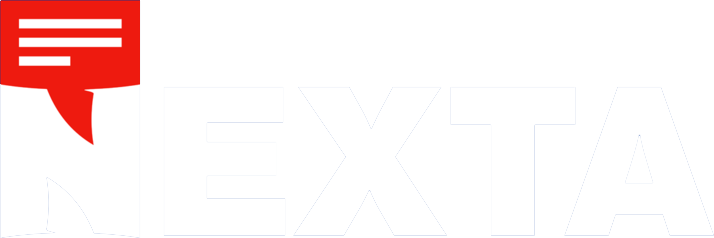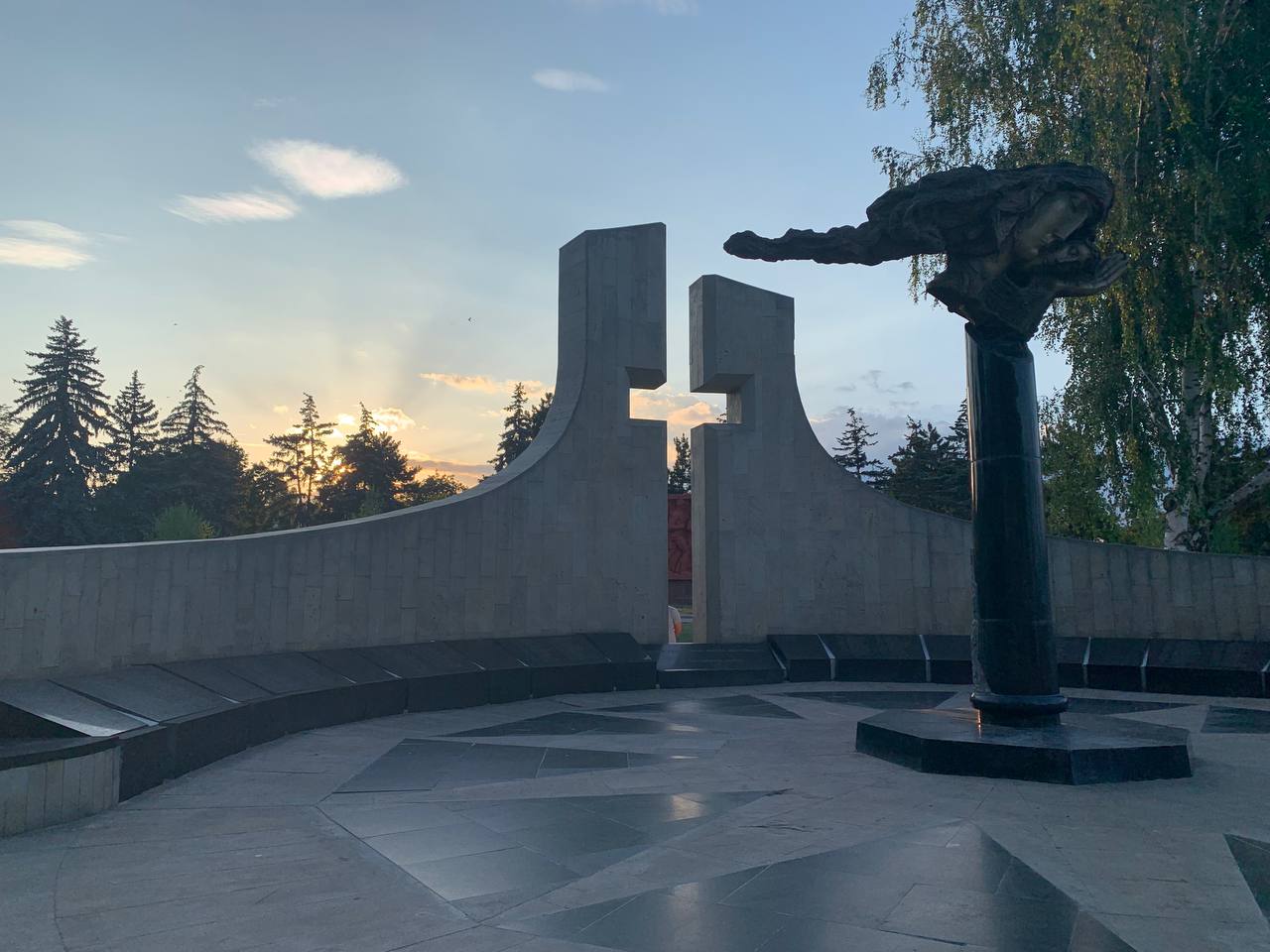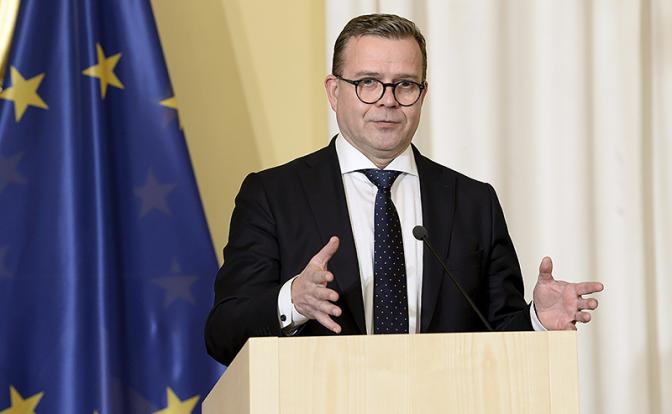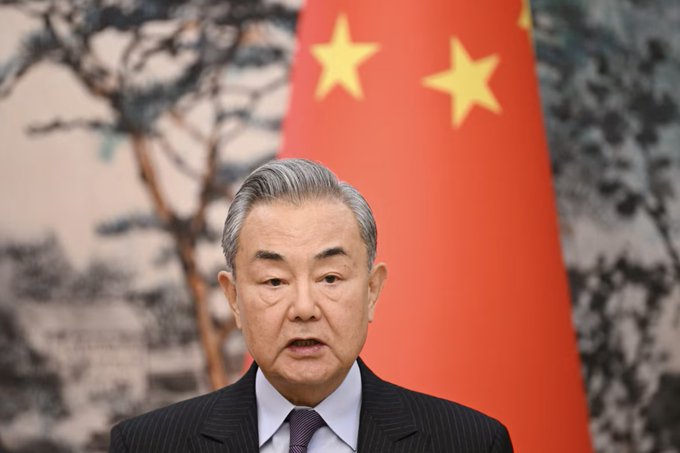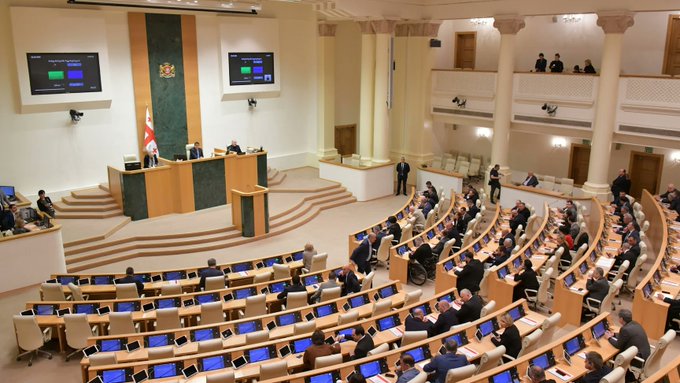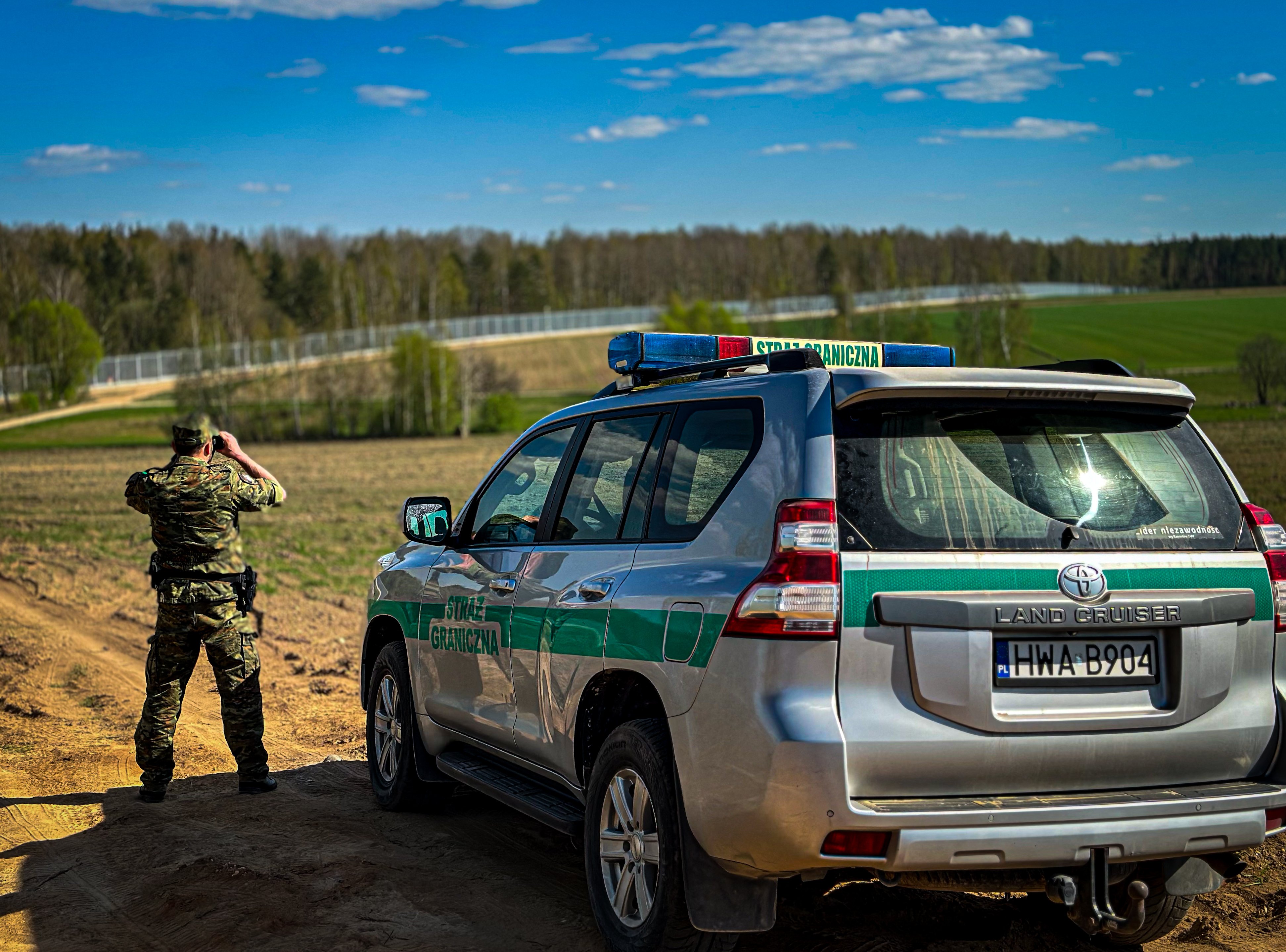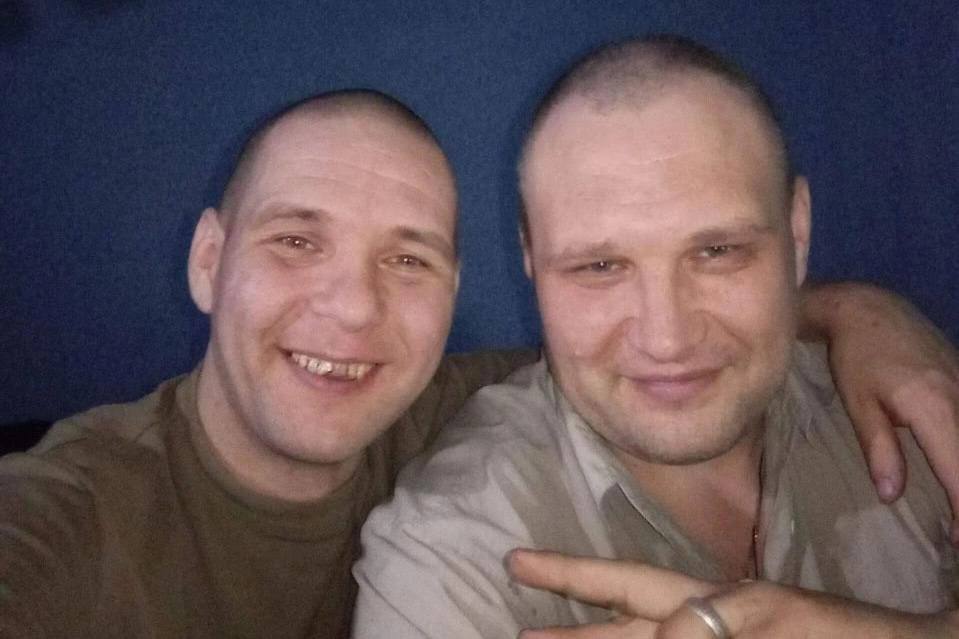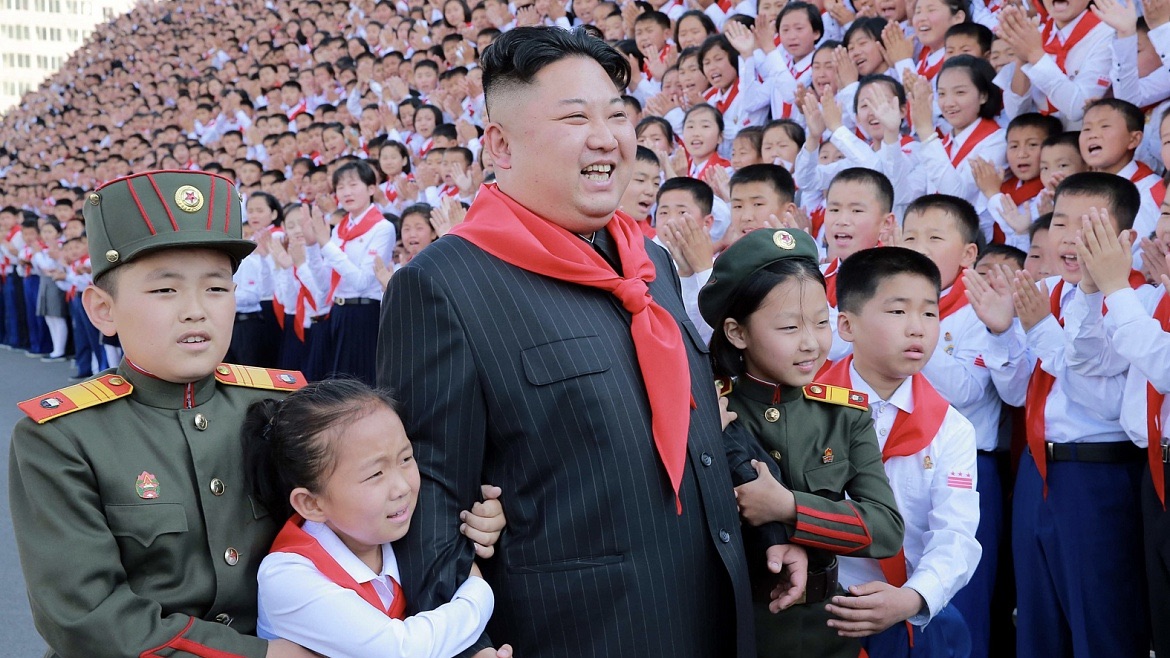This was first reported by German Finance Minister Christian Lindner. He calls this scheme “a clever tool that will show Putin our unity, significantly help Ukraine and reduce the burden on budgets.”
"For this we will use interest from frozen assets - a clever tool that shows Putin our unity, helps Ukraine a lot and relieves the burden on budgets. We are now working on the details,” he wrote.
The G7 summit is taking place today in the city of Bari in southern Italy. Representatives of the UK, Canada, France, Italy, Japan, the US and Germany agreed to provide Ukraine with a $50 billion loan package.
The money will start arriving this year. There are no restrictions on their use: Kyiv can buy weapons and ammunition, rebuild infrastructure and replenish the state budget.
The package will be financed from the interest on frozen Russian assets.
Earlier, Politico wrote that the G7 leaders will support the idea of the loan in general, but “are unlikely to agree on any details.” According to the publication, the EU was unhappy that the U.S. wanted to put the risk of non-payment of the loan on them in case of unforeseen circumstances. Later Bloomberg reported that the risk of non-payment could be divided according to the size of the economies of the guarantor countries.
Recall that after February 2022 in the West froze about $280 billion of the Russian Central Bank. Of these, 210 billion euros are in the EU countries. They generate several billions in interest income every year. These funds will be used to repay a 50 billion loan to Ukraine. Initially, the U.S. proposed to send Kyiv the frozen assets of Russia itself. But European countries were against it, as it would cause capital flight from the euro zone and weaken the euro.
